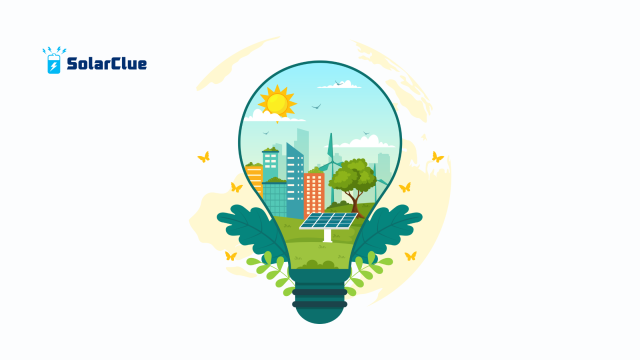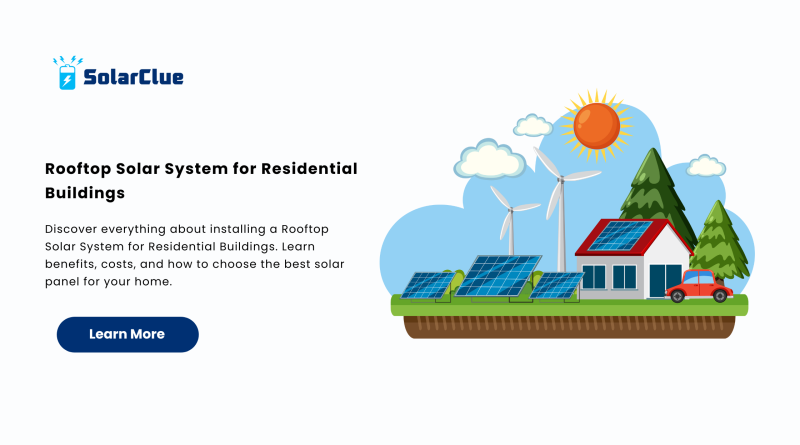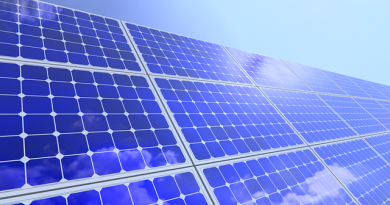Rooftop Solar System for Residential Buildings
Rooftop Solar System for Residential Buildings: The shift toward renewable energy is no longer just a trend—it’s a necessity. One of the most effective and accessible options for homeowners is a Rooftop Solar System. Whether you’re looking to reduce your electricity bills, minimize your environmental footprint, or increase your home’s value, rooftop solar offers a practical, sustainable solution.
Table of Contents
- 1 Why Choose a Rooftop Solar System?
- 2 Components of a Rooftop Solar System
- 3 Benefits of Installing a Solar Power System
- 4 Choosing the Best Solar Panel for Your Home
- 5 Types of Rooftop Solar Systems
- 6 Installation Process
- 7 Space Requirements
- 8 Government Subsidies and Incentives
- 9 How Much Can You Save?
- 10 Financing Your Solar Panel Installation
- 11 Myths Busted
- 12 Integration with Smart Homes
- 13 Environmental Benefits
- 14 Trusted Solar Installation Partners
- 15 Stay Updated and Learn More
- 16 Conclusion
- 17 FAQs
Why Choose a Rooftop Solar System?
A Rooftop Solar System transforms your home’s roof into a power plant. It utilizes solar panels to capture sunlight and convert it into electricity. This renewable energy can power all your household appliances, lighting, and even electric vehicles, reducing or eliminating your reliance on the traditional power grid.
Components of a Rooftop Solar System
Understanding what makes up a rooftop solar panel system helps you make informed decisions. The main components include:
-
Solar Panels: The most visible and crucial part, responsible for capturing solar energy.
-
Inverter: Converts the direct current (DC) generated by the panels into alternating current (AC) used in your home.
-
Mounting Structure: Keeps the panels securely in place on your rooftop.
-
Batteries (Optional): Store excess energy for later use, especially useful in hybrid and off-grid systems.
-
Monitoring System: Lets you track performance and energy production in real time.
Benefits of Installing a Solar Power System
Switching to a solar power system provides a range of benefits, including:
-
Cost Savings: Reduce your electricity bills by up to 80%.
-
Eco-Friendly: Cut down your carbon footprint.
-
Energy Independence: Become less dependent on power companies.
-
Increased Property Value: Homes with solar systems are more attractive to buyers.
-
Low Maintenance: Once installed, solar systems require minimal upkeep.
Choosing the Best Solar Panel for Your Home

Selecting the best Solar panel depends on several factors:
-
Efficiency Rating: Higher efficiency panels generate more power in limited space.
-
Warranty: Look for a 25-year performance warranty.
-
Durability: Weather-resistant panels are essential for longevity.
-
Brand Reputation: Established brands often deliver better reliability.
Some of the top-performing brands include Tata Power Solar, Luminous, and Vikram Solar.
Types of Rooftop Solar Systems
There are three main types of rooftop systems:
-
On-Grid: Connected to the utility grid, ideal for homes in cities.
-
Off-Grid: Independent of the grid, perfect for remote areas.
-
Hybrid: Combines the features of both with added battery backup.
Choose the type based on your location, energy usage, and budget.
Installation Process
The installation of a Rooftop Solar System typically involves:
-
Site survey and feasibility analysis
-
Load calculations
-
System design and approvals
-
Procurement of quality components
-
Professional installation
-
Testing and commissioning
Make sure to hire certified installers for safety and performance.
Space Requirements
You generally need 100 square feet of shadow-free roof space per kilowatt (kW) of solar panels. For example, a 3kW system would require around 300 square feet.
Government Subsidies and Incentives
In India and many other countries, the government offers substantial subsidies for rooftop solar systems. Residential users can get up to 40% of the system cost covered.
Maintenance Tips
Solar panels are low-maintenance but should still be kept clean and unobstructed. Here’s how:
-
Wash panels with water to remove dust and debris.
-
Schedule professional inspections once a year.
-
Monitor output using the system’s mobile or desktop application.
How Much Can You Save?
A 3kW solar power system can help save over ₹3,000 monthly in electricity bills, depending on your location and usage. Over 25 years, that’s nearly ₹9 lakhs in savings—not to mention the environmental impact.
Financing Your Solar Panel Installation
Worried about the upfront cost? Many financial institutions now offer solar loans with flexible EMIs. Additionally, government financing schemes further ease the burden. Consult your installer or visit blog.solarclue.com for tips on solar financing options.
Myths Busted
-
Myth: Solar panels don’t work on cloudy days.
Fact: They do, albeit with reduced efficiency. -
Myth: Maintenance is a hassle.
Fact: Minimal maintenance is needed. -
Myth: Solar is too expensive.
Fact: Costs have dropped by over 80% in the last decade.
Integration with Smart Homes
Modern solar systems integrate well with smart home setups. Energy meters, IoT-based monitoring apps, and automatic switches help optimize power usage, ensuring every ray of sun is used wisely.
Environmental Benefits
A typical Rooftop Solar System offsets approximately 3-4 tons of CO2 emissions per year—the equivalent of planting over 100 trees. By choosing solar, you’re taking a solid step toward a greener planet.
Trusted Solar Installation Partners
It’s important to work with verified and experienced solar installation companies. Look for certifications, insurance, and customer reviews. SolarClue.com connects you with trusted professionals in your area.
Stay Updated and Learn More
Want to stay updated on the latest in solar technology, policy changes, and installation tips? Visit blog.solarclue.com for helpful articles, how-to guides, and product reviews tailored for homeowners like you.
Conclusion
Investing in a Rooftop Solar System is one of the smartest choices you can make today. It’s good for your wallet, your home’s value, and the environment. With increasing electricity rates and generous subsidies, there’s never been a better time to switch to solar.
Make the sun work for you—explore our solar solutions, resources, and get started today at solarclue.com. And if you’re looking for in-depth insights and tips, check out blog.solarclue.com. Let’s power your home the smarter way—visit our website today and see how simple solar can be!
FAQs
1. How long does a rooftop solar system last?
Most systems last between 25–30 years with proper maintenance.
2. Do solar panels work during the rainy season?
Yes, they still generate power from diffused sunlight, though at lower efficiency.
3. Can I install the system myself?
It’s highly recommended to use certified professionals to ensure safety and optimal performance.
4. How much space do I need for a rooftop system?
About 100 sq. ft. per kW of solar panels, so a 5kW system would need approx. 500 sq. ft.
5. Are government subsidies available?
Yes, subsidies up to 40% are available for residential systems under various government schemes.



